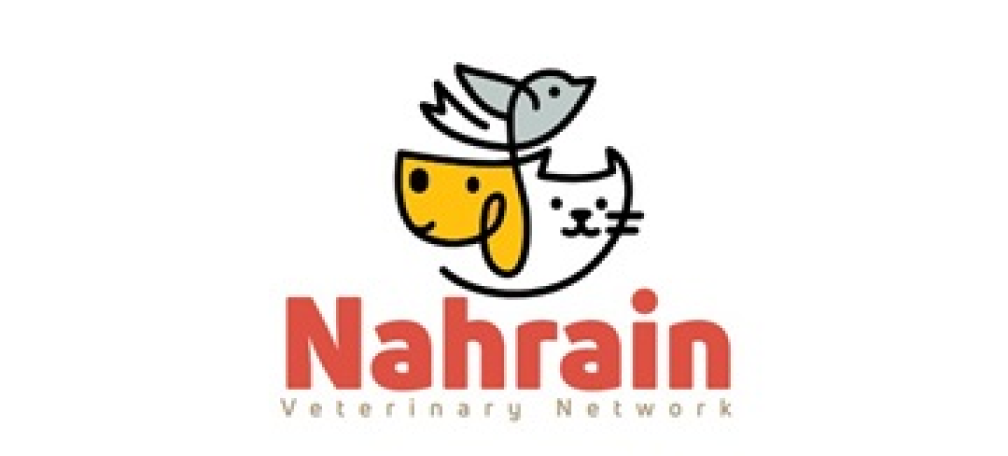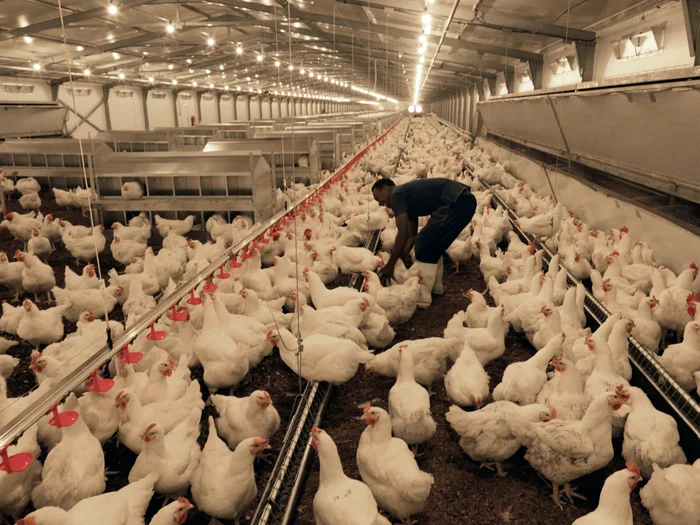Detailed Discussion on Virus-Like Particles (VLPs) in Poultry Vaccines

Dr. Majed Hamed Al Saegh / poultry pathologist / Australia
- What Are Virus-Like Particles (VLPs)?
Definition: Virus-like particles (VLPs) are non-infectious structures composed of viral structural proteins that self-assemble into a shape similar to native viruses but lack genetic material, making them incapable of replication.
Key Features:
- High structural similarity to natural viruses.
- Safe due to their inability to infect or replicate.
- Strong ability to elicit robust immune responses.
Advantages:
- Safer than live attenuated vaccines.
- High immunogenicity with innate and adaptive immune activation.
- No risk of reversion to virulence or mutations.
- Structure of Virus-Like Particles
Basic Structure: Composed of capsid proteins forming symmetric shapes (e.g., icosahedral, spherical, or rod-like). Can be enveloped (with a lipid layer) or non-enveloped.
Structural Classification:
- Single-protein VLPs: Simple structures, easier to produce.
- Multi-protein VLPs: Complex structures with higher functionality.
- Enveloped VLPs: Mimic natural viruses but are less stable.
Functional Properties:
- Structural flexibility allows for application against various pathogens.
- Mimics viral antigen presentation, enhancing immune response.
- Principles of VLP Vaccine Design
Production: Identify and select structural proteins such as capsid or envelope proteins. Use expression systems like bacteria, yeast, plants, insect cells, or mammalian cells for production.
Purification: Remove contaminants while preserving particle integrity using techniques such as ultracentrifugation, ion exchange chromatography, and size-exclusion chromatography.
Formulation: Add stabilisers, preservatives, and adjuvants to improve vaccine efficacy and stability. Common adjuvants include aluminium salts, emulsions, and liposomes.
- Expression Systems for VLP Production
Insect/Baculovirus System:
High protein yields with post-translational modifications (PTMs).
Suitable for rapidly mutating viruses like influenza.
Plant-Based Systems: Cost-effective, scalable, and safe. Example: Nicotiana benthamiana for influenza H5 and H9 VLP vaccines.
Bacterial Systems (e.g., E. coli): Low-cost and efficient for simple proteins. Limitation: Lacks advanced PTMs required for some viral proteins.
Yeast Systems:Combines scalability with basic PTMs. Common platforms include Pichia pastoris and Saccharomyces cerevisiae.
Mammalian Cell Systems: Ideal for complex proteins requiring precise modifications. Drawbacks: Expensive and time-intensive.
- Stability and Immunogenicity
Stability Challenges: Sensitive to environmental changes (temperature, pH, mechanical stress). Enveloped VLPs are less stable than non-enveloped ones.
Improvements in Stability: Inserting stabilising mutations. Using thermal stabilisers in formulation.
Immunogenicity: Activates dendritic cells (DCs) via pattern recognition receptors (PRRs).Induces robust T-cell responses (CD4+ and CD8+) and high antibody levels.Provides long-lasting immunity with fewer doses.
- Efficacy and Experimental Studies
Field Trials: Significant reduction in disease symptoms, mortality, and virus shedding in vaccinated birds. Comparison to Traditional Vaccines: VLPs excel in safety, cross-protection, and immunogenicity. Example: Bivalent VLP vaccines for influenza H5N1 and H7N9.
Experimental Studies: Demonstrated protection against lethal viral challenges in controlled settings.
- Applications in Poultry Disease Prevention
Avian Influenza (AI): VLP vaccines display hemagglutinin (HA) and neuraminidase (NA) proteins to induce immunity against various subtypes. Examples: Plant-produced H5 and H9 VLP vaccines.
Infectious Bronchitis (IB): Focus on the spike (S) protein to provide cross-protection. Reduces clinical symptoms and viral shedding.
Newcastle Disease (ND): VLPs presenting F and HN proteins elicit strong immunity. Effective DIVA (Differentiating Infected from Vaccinated Animals) strategies.
Infectious Bursal Disease (IBD): Multivalent VLPs targeting classic and variant strains showed strong immune responses and effective protection.
- Challenges and Considerations
Complexity of Development: Requires a deep understanding of viral structure and immunology.
Scalability: Challenges in large-scale production and quality control.
Regulatory Approvals: Variations in production systems complicate regulatory pathways.
Cost Constraints: High production costs may limit widespread adoption.
- Future Perspectives
Innovative Delivery Methods: Oral, intranasal, or topical delivery to simplify administration.
Broader Applications:Potential use as drug delivery platforms or immune modulators.
Advanced Technologies: Incorporating CRISPR for precise genetic engineering of VLPs.
Enhanced Immune Health: Potential to improve overall poultry immunity beyond specific diseases.
- Conclusion
VLPs represent a revolutionary advancement in poultry vaccine development, offering safer, more effective, and versatile alternatives to traditional vaccines. Despite challenges in production, stability, and cost, continued research and innovation hold the promise of overcoming these barriers. Collaboration among researchers, industry stakeholders, and regulatory authorities will be critical to realising the full potential of VLP vaccines in improving poultry health and productivity.



